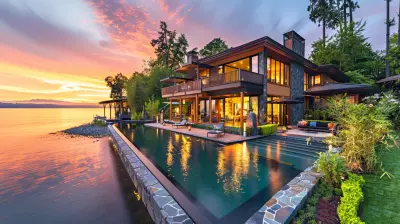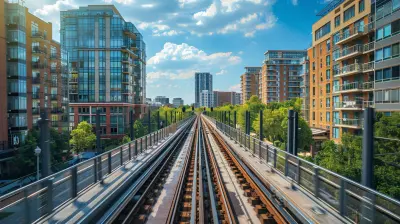The Benefits of Living Near Cultural and Entertainment Districts
17 September 2025
Imagine stepping outside your front door and finding yourself surrounded by vibrant street art, music pouring out from live venues, tantalizing aromas from global cuisines, and the buzz of people enjoying life. Sounds like a dream, right? Well, for those living near cultural and entertainment districts, this dream is their daily reality.
Living close to areas rich in culture and buzzing with entertainment isn’t just a lifestyle choice—it’s a transformative experience. Whether you're a young professional seeking nightlife or a family searching for enriching activities, there’s something inherently magical about living where life feels alive.
But what exactly makes these areas such hot property? And why are more and more people willing to pay a premium to be near them? Let’s dive into it.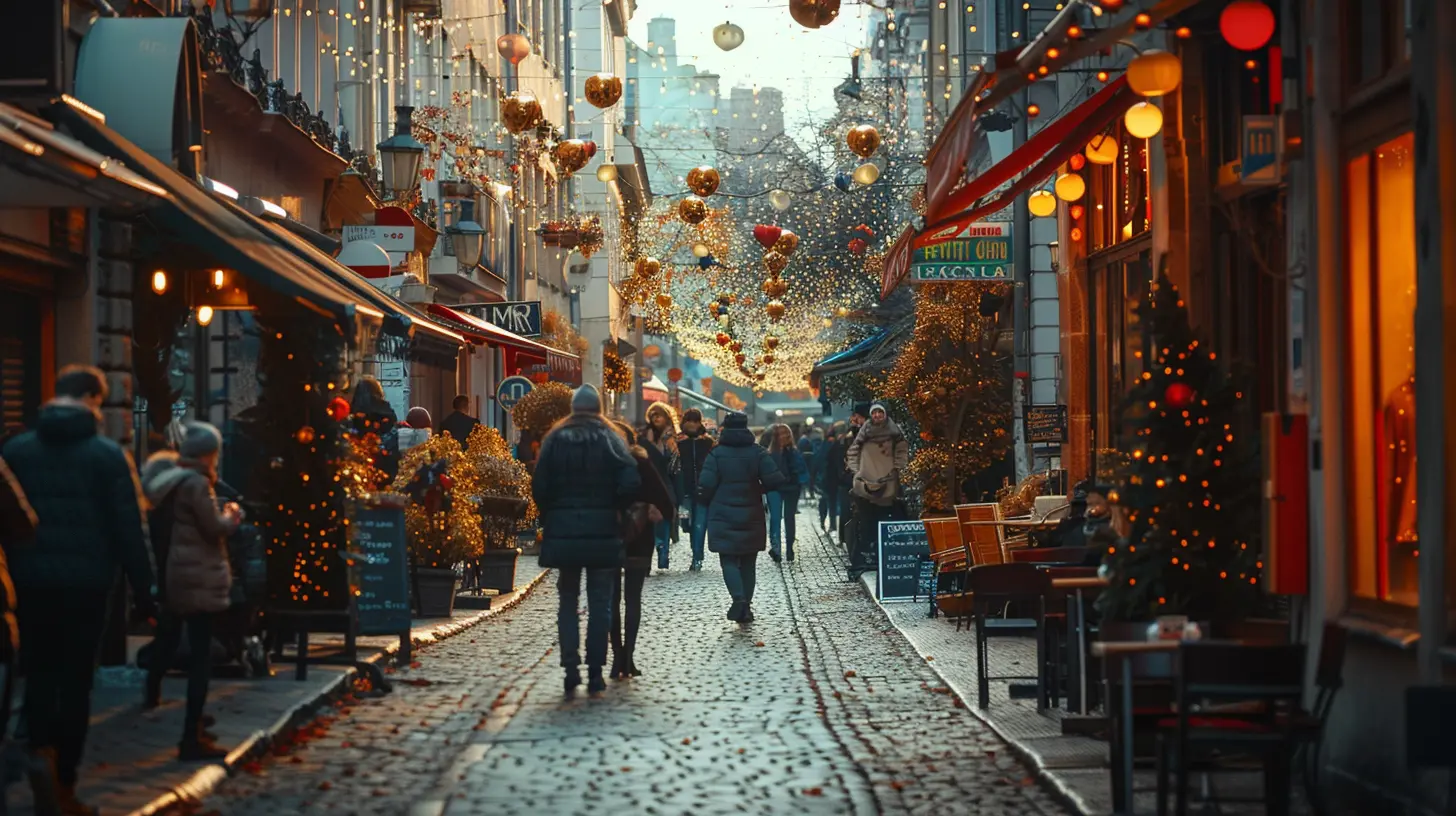
What Defines a Cultural and Entertainment District?
Before we get into the perks, let’s clear up what we’re talking about.Cultural and entertainment districts are areas within cities—sometimes even neighborhoods—that are designed or have naturally evolved to house theaters, museums, music venues, galleries, restaurants, bars, and creative spaces. Think of places like Downtown Los Angeles Arts District, New Orleans' French Quarter, or the historic theatre districts in cities like London and New York.
They're hubs of human creativity, energy, and expression. Simply put, these districts are where the city’s soul comes to life.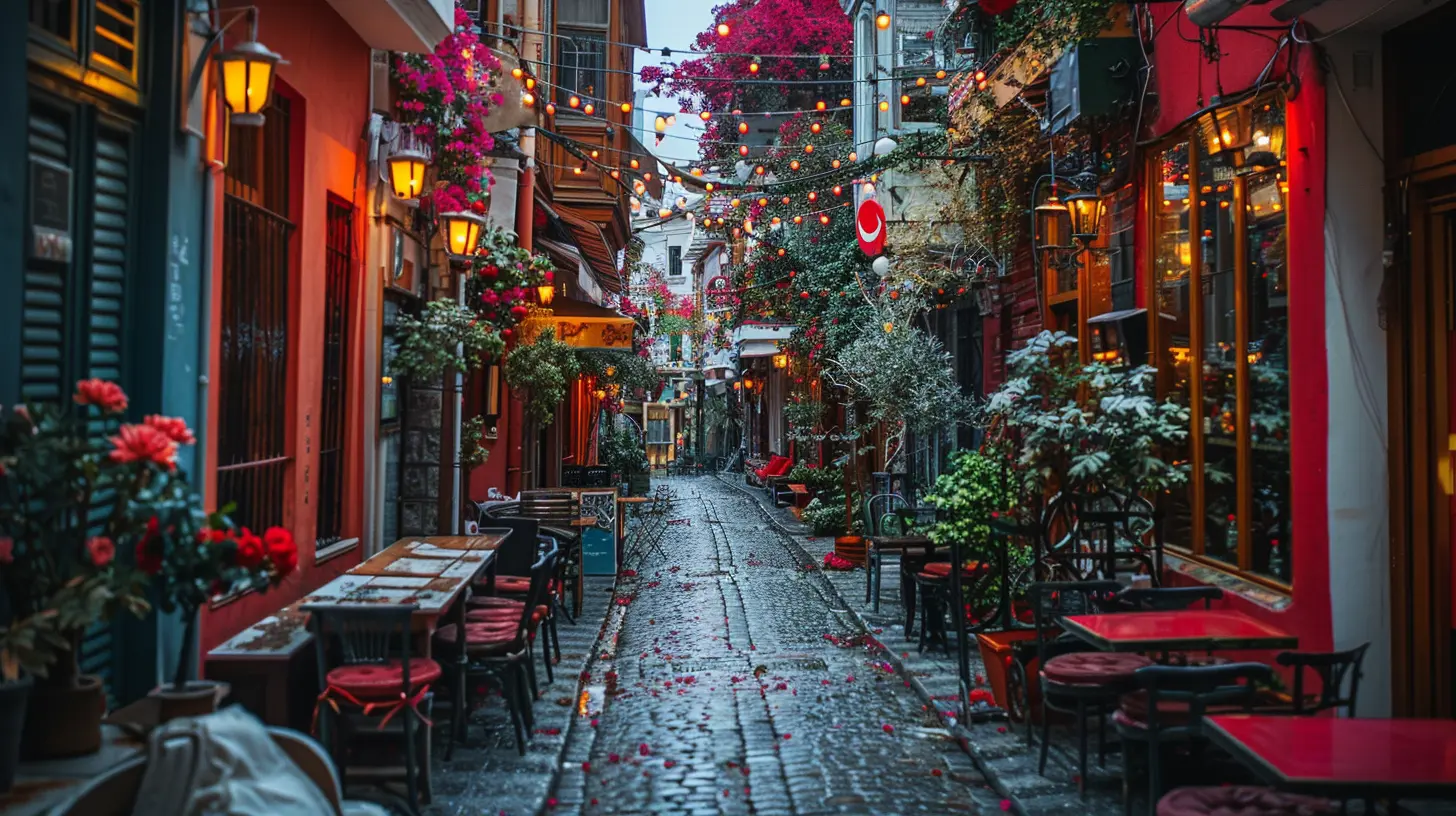
1. A Richer Lifestyle, Right Outside Your Door
Let’s start with the obvious: convenience.When you live near a cultural hub, your social calendar fills up effortlessly. You're just a short walk or a quick ride away from concerts, festivals, art exhibitions, food fairs, and new restaurant openings. Spontaneous plans? No problem. You’re already there.
Instead of planning a weekend trip to catch a concert or art show, you live where those events are born. And there’s a subtle but powerful perk to that—your lifestyle becomes richer, more spontaneous, and a heck of a lot more exciting.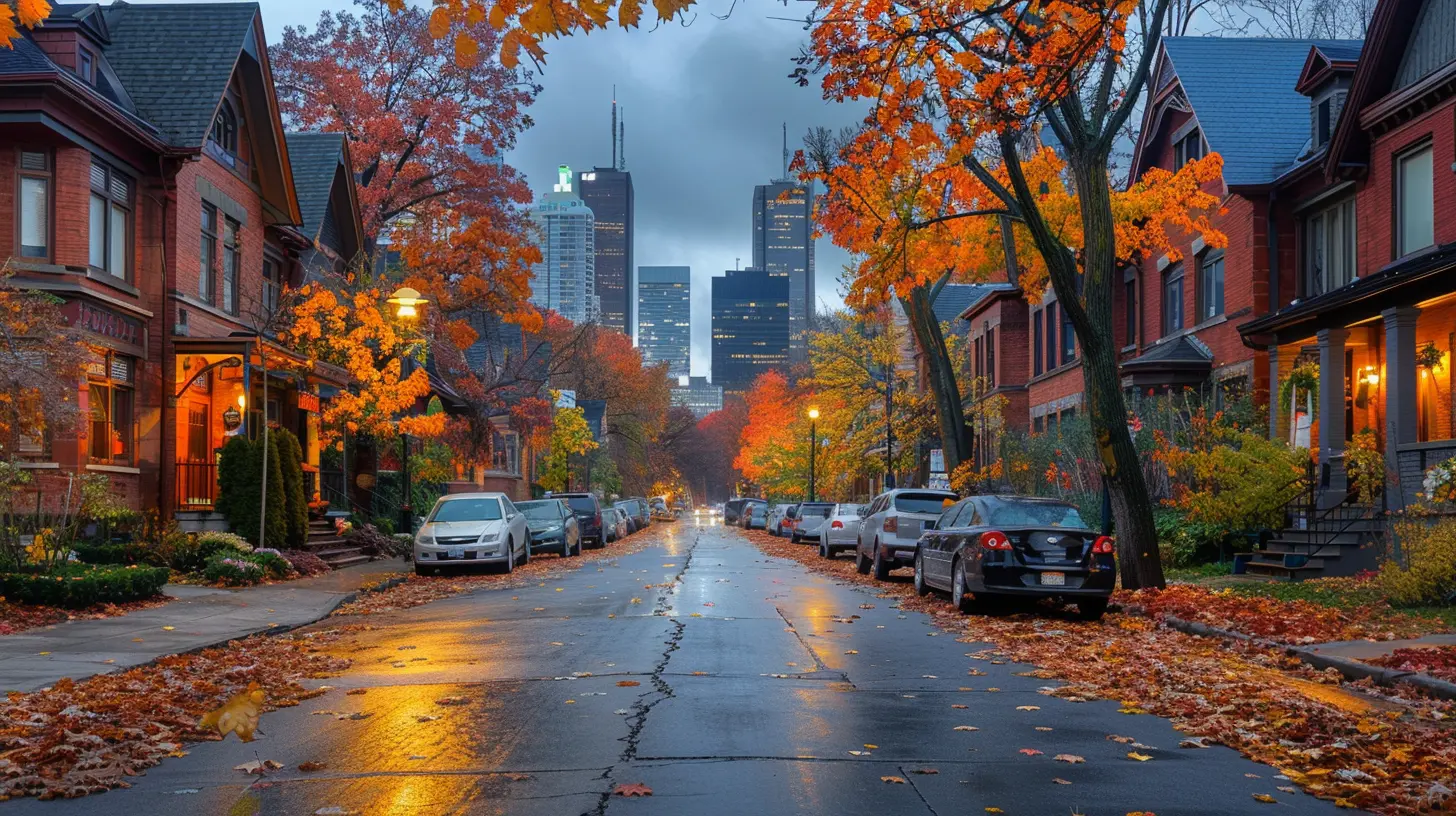
2. Goodbye FOMO (Fear of Missing Out)
Ever feel like the best events always seem too far away? That annoying FOMO fades when you're in the heart of the action.When you’re close to the city's cultural pulse, you don’t miss out on anything. Whether it's a surprise street performance, a pop-up market, or a film festival, you're there before the Instagram crowd shows up.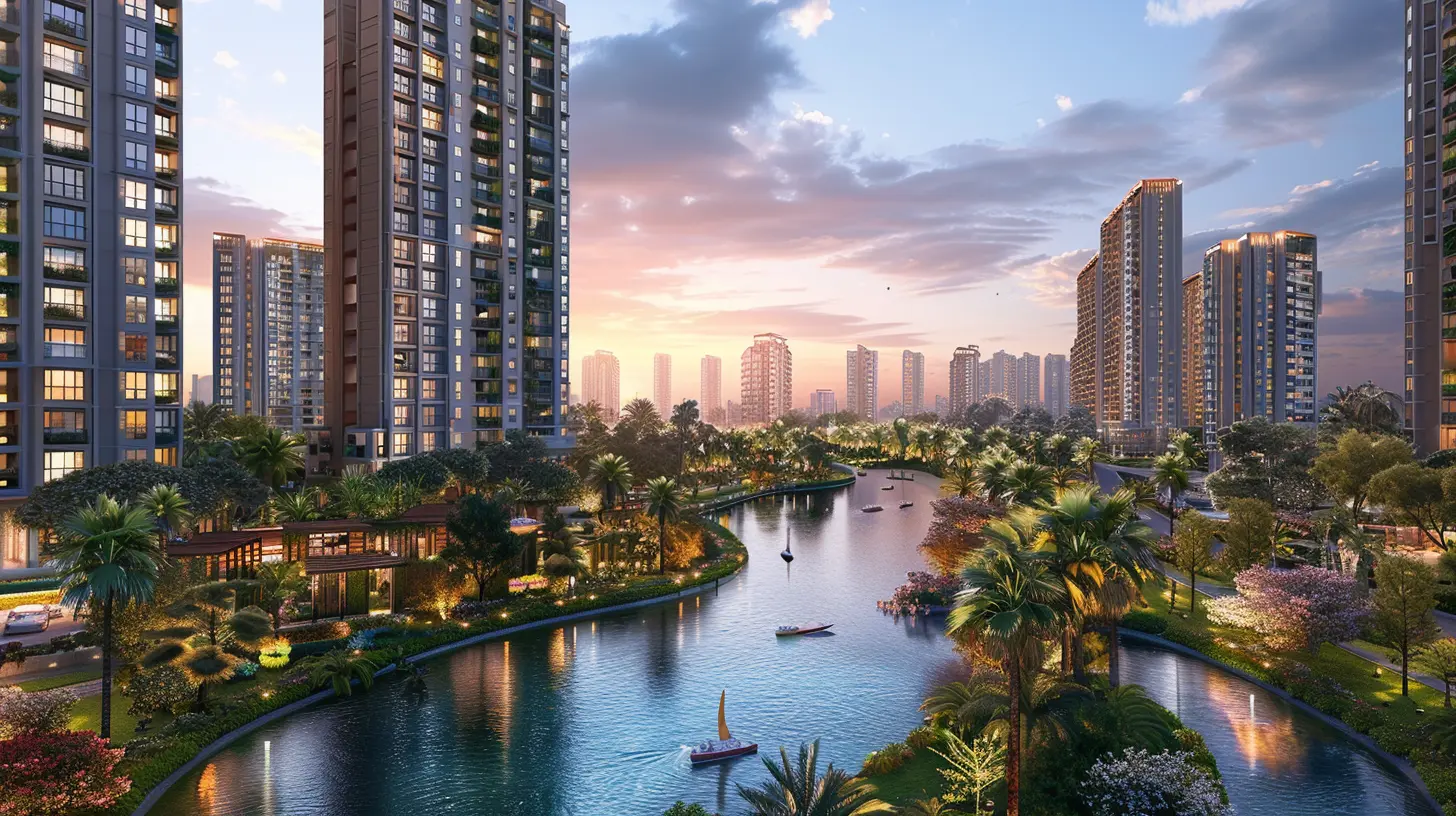
3. Social Opportunities Around Every Corner
Let’s face it—making new connections as an adult can be tough. But when you live near an entertainment district, you’re constantly bumping into shared experiences.Maybe it’s striking up a conversation in line at an indie film festival or bonding with a stranger at your favorite local jazz bar. These organic connections are easier and more frequent when the community is buzzing with activity.
It’s like having a built-in social network, without needing to swipe right.
4. A Boost to Property Value
Let’s talk money—because yes, location matters, especially in real estate.Homes near cultural and entertainment districts tend to appreciate faster than those in quieter suburbs. Why? Because demand is consistent. People are willing to pay more for the convenience, excitement, and prestige of living in these areas.
And it’s not just hype. Studies have shown that proximity to theaters, museums, and entertainment hubs can significantly boost property values. It’s one of those rare investments that offer both personal joy and long-term financial gain.
So, you're not just buying a home—you’re buying into a lifestyle that sells itself.
5. Creative Inspiration at Every Turn
If you’re into anything remotely creative—writing, painting, photography, music—you’ll thrive in this kind of environment.Cities have always inspired artists, and cultural hotspots are their canvas. The constant exposure to live performances, public art, and diverse people fuels your own creativity.
Even if you don’t consider yourself an "artist," you can't help but be influenced by your surroundings. Living in a space that constantly encourages expression can energize your personal and professional life in unexpected ways.
6. Walkability & Convenience
Entertainment districts often rank high for walkability. That means fewer hours stuck in traffic and more time enjoying life.Not to mention, you’ll probably find grocery stores, boutique shopping, cafes, and parks all within reach. It’s that European-style of living where everything you need is just a few steps away.
Plus, walking more is good for your health. So, in a way, living near cultural hubs makes you both mentally and physically fit. Win-win!
7. Family-Friendly Fun (Yes, Really)
People often assume these districts are only for the young and wild, but there’s a lot on offer for families too.Museums, children’s theaters, art classes, open-air markets, weekend festivals—there’s no shortage of things that can keep both you and the kids entertained.
And let’s not forget how exposure to the arts and cultural diversity helps children grow emotionally and intellectually. Living near these areas can be one of the greatest gifts you give your family.
8. A Culinary Playground
If food is your love language, then living in or near a cultural district is the equivalent of finding "the one."Food trucks, local eateries, fine dining, fusion cuisine—you name it. These districts are often testing grounds for new culinary ideas, so you’re never short of exciting flavors.
And that includes international cuisine too. You could be grabbing authentic Thai curry one night and sipping on Colombian coffee the next morning—all without leaving your neighborhood.
9. Events That Bring Everyone Together
From summer block parties to winter light festivals, these districts know how to bring the community together.You begin to recognize the local vendors, artists, and even the street performers. Over time, your neighborhood starts to feel like a big extended family.
Shared events create shared memories—and these memories shape your sense of belonging.
10. A Diverse, Inclusive Community
Cultural and entertainment hubs naturally attract people from all walks of life. This diversity breeds tolerance, open-mindedness, and a general celebration of humanity.When you live in such an area, you get more than just exposure to different cultures—you experience them firsthand. It’s a constant reminder that the world is bigger (and more beautiful) than your own bubble.
11. Easier Commutes and Public Transportation
Because these areas see a high footfall, cities tend to prioritize them when it comes to public transportation.Think subway stations, bike-sharing systems, and convenient bus routes. Whether you're heading to work or planning a night out, commuting is usually faster and easier from these central locations.
So, not only are you saving time, but also reducing your carbon footprint.
12. Mental Health Perks You Might Not Expect
Believe it or not, being surrounded by art, music, and human interaction can work wonders on your mental well-being.Numerous studies show that engaging with culture—whether through music, theatre, or visual art—reduces stress and boosts happiness.
When your environment is alive and constantly evolving, you feel connected to something bigger. And that connection? It's a powerful antidote to loneliness and burnout.
13. Never-Ending Entertainment for Visitors
Let’s not forget the bonus of playing host. When friends or family come to town, you don’t need to scramble for things to do.Whether it's brunch at that cozy café or tickets to a late-night comedy show, you’ve got your itinerary down without lifting a finger. Your home practically doubles as a built-in vacation spot.
14. Supporting Local Artists and Economies
When you live near cultural districts, your everyday spending supports local creators, business owners, and performers.You're not funneling money into faceless corporations—you’re fueling someone’s dream. It's community economics at its finest.
Things to Consider
Of course, like anything else, it's not all roses. Traffic, noise, and the occasional late-night revelry might be part of the package. But for many, these minor drawbacks are a small price to pay for the rich, full life these neighborhoods offer.And let’s be real—there’s a certain charm to hearing street musicians on your way home. It's noise with personality.
Final Thoughts
Living near cultural and entertainment districts isn't just about more concerts or Instagram-worthy dinners—it's about experiencing life at its fullest. It’s about spontaneity, diversity, creativity, and community.So if you're on the hunt for a new home and want more than just walls and a roof, maybe it's time to consider living in the heart of the action. Because when your environment inspires you every single day, home becomes more than a place—it becomes a feeling.
all images in this post were generated using AI tools
Category:
Urban LivingAuthor:

Lydia Hodge
Discussion
rate this article
1 comments
Oren Nguyen
Great insights! Living near cultural districts truly enhances lifestyle and community engagement. Thank you!
September 27, 2025 at 4:20 AM

Lydia Hodge
Thank you for your feedback! I'm glad you found the article insightful. Living near cultural districts indeed enriches our lives and fosters community connections.
